Take a deep breath. What does “clean” smell like to you?
 For many of us, the answer is unmistakable: sharp, nostril-stinging, bleach. For decades, we’ve been sold the idea that cleanliness must come with a punchy, chemical tang. If it doesn’t smell sterile, how can it possibly be clean? It’s time to retire the bleach myth and redefine what “fresh” and “clean” really mean in a modern, microbiome-friendly world.
For many of us, the answer is unmistakable: sharp, nostril-stinging, bleach. For decades, we’ve been sold the idea that cleanliness must come with a punchy, chemical tang. If it doesn’t smell sterile, how can it possibly be clean? It’s time to retire the bleach myth and redefine what “fresh” and “clean” really mean in a modern, microbiome-friendly world.
 The association between harsh smells and hygiene didn’t happen by accident. Since the early 20th century, bleach and other disinfectants were marketed as miracle products—powerful enough to banish germs and make your home feel sparkling clean. Their sharp, stinging scent became a psychological marker of effectiveness: if it burns your nose, it must be working, right? In many ways, this was true—bleach and chemical disinfectants did help us mitigate the spread of germs and usher in a new era of cleanliness. With this came the ability to combat diseases like cholera, tuberculosis, and typhoid fever—illnesses that, in a time before germ theory, were often fatal due to our limited understanding of sanitation.
The association between harsh smells and hygiene didn’t happen by accident. Since the early 20th century, bleach and other disinfectants were marketed as miracle products—powerful enough to banish germs and make your home feel sparkling clean. Their sharp, stinging scent became a psychological marker of effectiveness: if it burns your nose, it must be working, right? In many ways, this was true—bleach and chemical disinfectants did help us mitigate the spread of germs and usher in a new era of cleanliness. With this came the ability to combat diseases like cholera, tuberculosis, and typhoid fever—illnesses that, in a time before germ theory, were often fatal due to our limited understanding of sanitation.
 Unfortunately, what it’s doing isn’t always as helpful as we think, and we’re ready for a new chapter in our understanding of the microscopic world that surrounds us.
Unfortunately, what it’s doing isn’t always as helpful as we think, and we’re ready for a new chapter in our understanding of the microscopic world that surrounds us.
Bleach is a strong oxidizing agent. While it does kill bacteria, it does so indiscriminately—wiping out everything, including the beneficial microbes that support a healthy home environment. It can also react with organic matter to produce toxic byproducts and irritate skin, eyes, and lungs. For households with pets, children, or anyone with respiratory sensitivities, these fumes can be more harmful than helpful.
 It’s no wonder many of us feel dizzy or short of breath after a heavy-duty cleaning session. That’s not the smell of "fresh"—that’s your body trying to tell you something. Here’s where things get exciting: the world of science has made enormous leaps in understanding the microbiome—in our gut, and now in our homes.
It’s no wonder many of us feel dizzy or short of breath after a heavy-duty cleaning session. That’s not the smell of "fresh"—that’s your body trying to tell you something. Here’s where things get exciting: the world of science has made enormous leaps in understanding the microbiome—in our gut, and now in our homes.
Yes, your home has its own ecosystem. It’s a complex balance of microorganisms, and like any ecosystem, balance is key. Harsh cleaners disrupt this balance, stripping away everything in their path and leaving behind a blank slate that often invites unwanted bacteria right back in. It’s a bit like bulldozing a forest every time you spot a weed.
 That’s where probiotic cleaning comes in. At GoodBasics, we believe in cleaning smarter, not harder. Our probiotic cleaning products are designed to work with nature, not against it. Much like the friendly bacteria in your favourite yoghurt or kombucha, probiotic cleaners contain live cultures of beneficial microbes. These good bacteria outcompete the bad ones, creating a stable and healthy microbial environment on surfaces in your home. It’s a long-term approach that’s both more sustainable and more effective. Rather than delivering a short-lived, scorched-earth cleanse, probiotics continue to work for hours—even days—after you’ve sprayed and wiped, keeping surfaces clean in a living, breathing, and biologically intelligent way.
That’s where probiotic cleaning comes in. At GoodBasics, we believe in cleaning smarter, not harder. Our probiotic cleaning products are designed to work with nature, not against it. Much like the friendly bacteria in your favourite yoghurt or kombucha, probiotic cleaners contain live cultures of beneficial microbes. These good bacteria outcompete the bad ones, creating a stable and healthy microbial environment on surfaces in your home. It’s a long-term approach that’s both more sustainable and more effective. Rather than delivering a short-lived, scorched-earth cleanse, probiotics continue to work for hours—even days—after you’ve sprayed and wiped, keeping surfaces clean in a living, breathing, and biologically intelligent way.
 We get it—scents are powerful. They’re tied to memory, emotion, and instinct, but “fresh” doesn’t have to mean artificial. In fact, we believe it shouldn’t. More importantly, “fresh” should be about how your home feels. Cleanliness is the absence of grime, bacteria, and bad odours—not the presence of a chemical fog. A fresh home is one that breathes with you, supports your health, and allows the good microbes to do their thing.
We get it—scents are powerful. They’re tied to memory, emotion, and instinct, but “fresh” doesn’t have to mean artificial. In fact, we believe it shouldn’t. More importantly, “fresh” should be about how your home feels. Cleanliness is the absence of grime, bacteria, and bad odours—not the presence of a chemical fog. A fresh home is one that breathes with you, supports your health, and allows the good microbes to do their thing.
 Here’s the truth: cleaning is about care. It’s about creating a space that reflects your values and supports your wellbeing. Bleach and conventional disinfectants treat your home like a battlefield. But probiotic cleaning sees your home for what it truly is—a living, dynamic space that needs balance, not war. When we care for our homes in a more considered, ecologically-centred way, we’re also caring for the people and planet beyond our four walls. Probiotic cleaning is biodegradable, low-tox, and gentle on water systems. It’s a shift from single-use sterility to long-term sustainability.
Here’s the truth: cleaning is about care. It’s about creating a space that reflects your values and supports your wellbeing. Bleach and conventional disinfectants treat your home like a battlefield. But probiotic cleaning sees your home for what it truly is—a living, dynamic space that needs balance, not war. When we care for our homes in a more considered, ecologically-centred way, we’re also caring for the people and planet beyond our four walls. Probiotic cleaning is biodegradable, low-tox, and gentle on water systems. It’s a shift from single-use sterility to long-term sustainability.

So, let’s return to that myth: If it doesn’t smell like bleach, it’s not clean. Let’s rewrite this.
If it doesn’t support a healthy home microbiome, it’s not truly clean.
It’s time to unlearn what we’ve been taught about scent and sanitation. Let’s trade the harsh for the harmonious, the short-term fix for long-term balance, and the illusion of clean for the science of true cleanliness.
If you’re curious about making the switch, start small. Swap out one of your harsh chemical cleaners for a GoodBasics probiotic alternative and notice the difference. Trust us. Your lungs, your skin, your microbiome, and the planet will thank you.


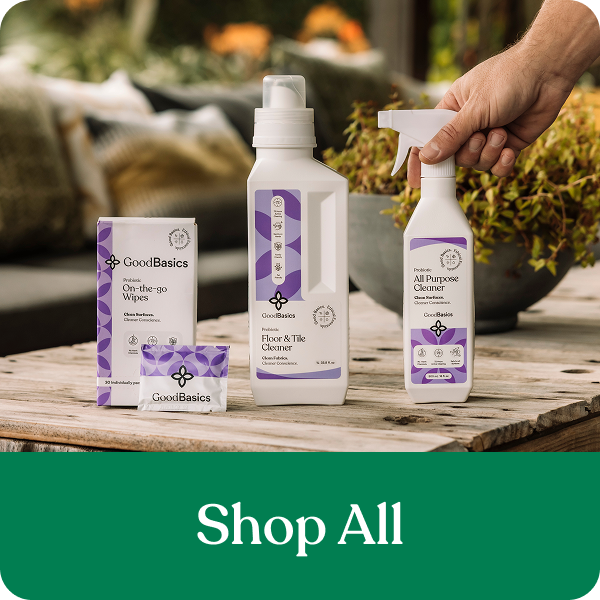
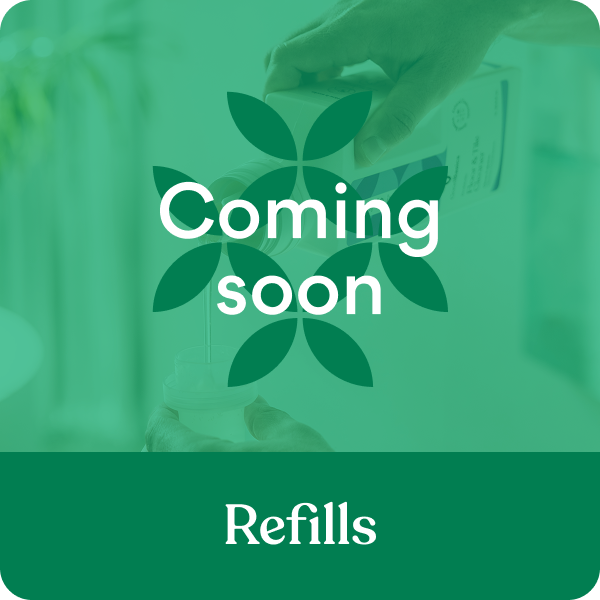
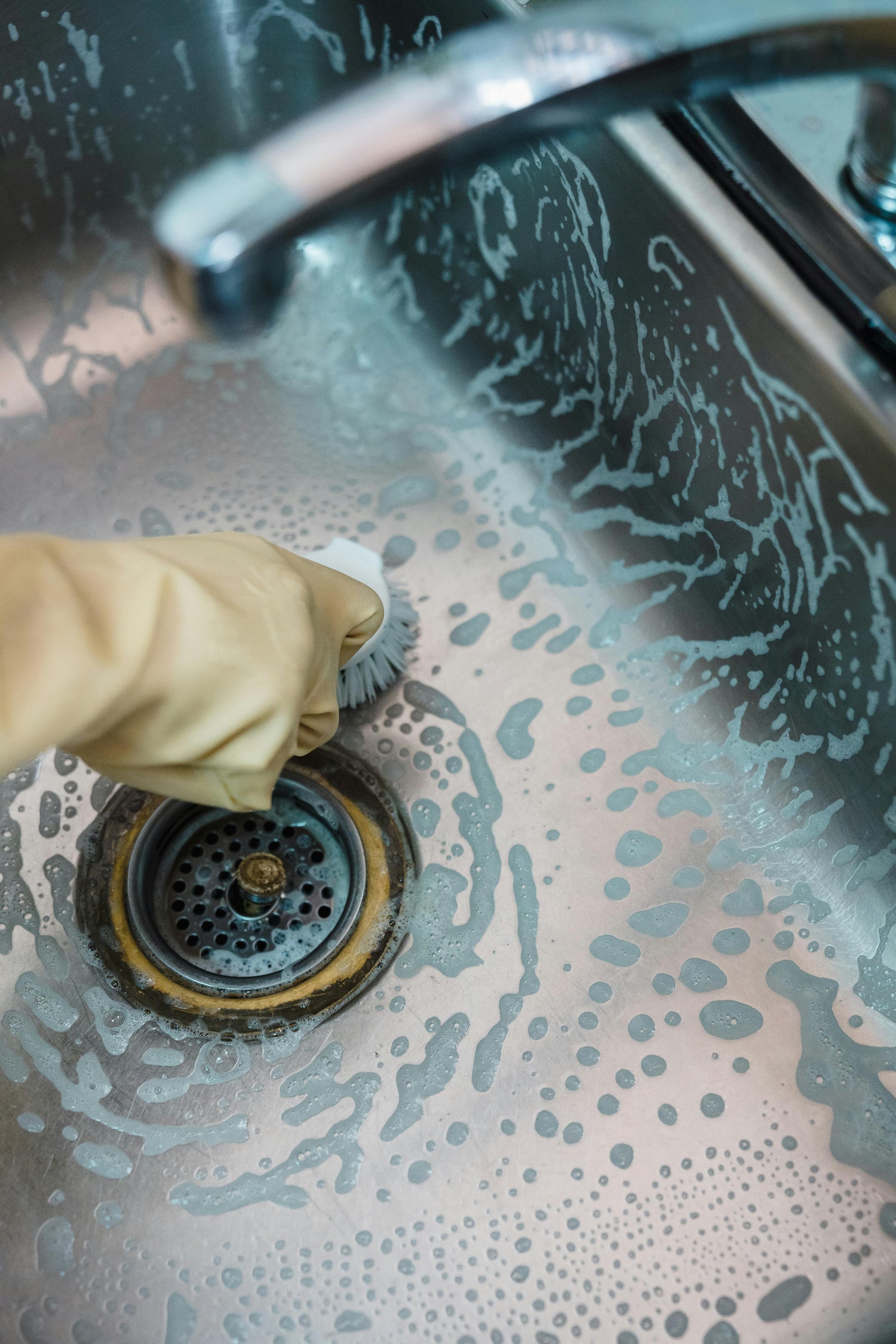
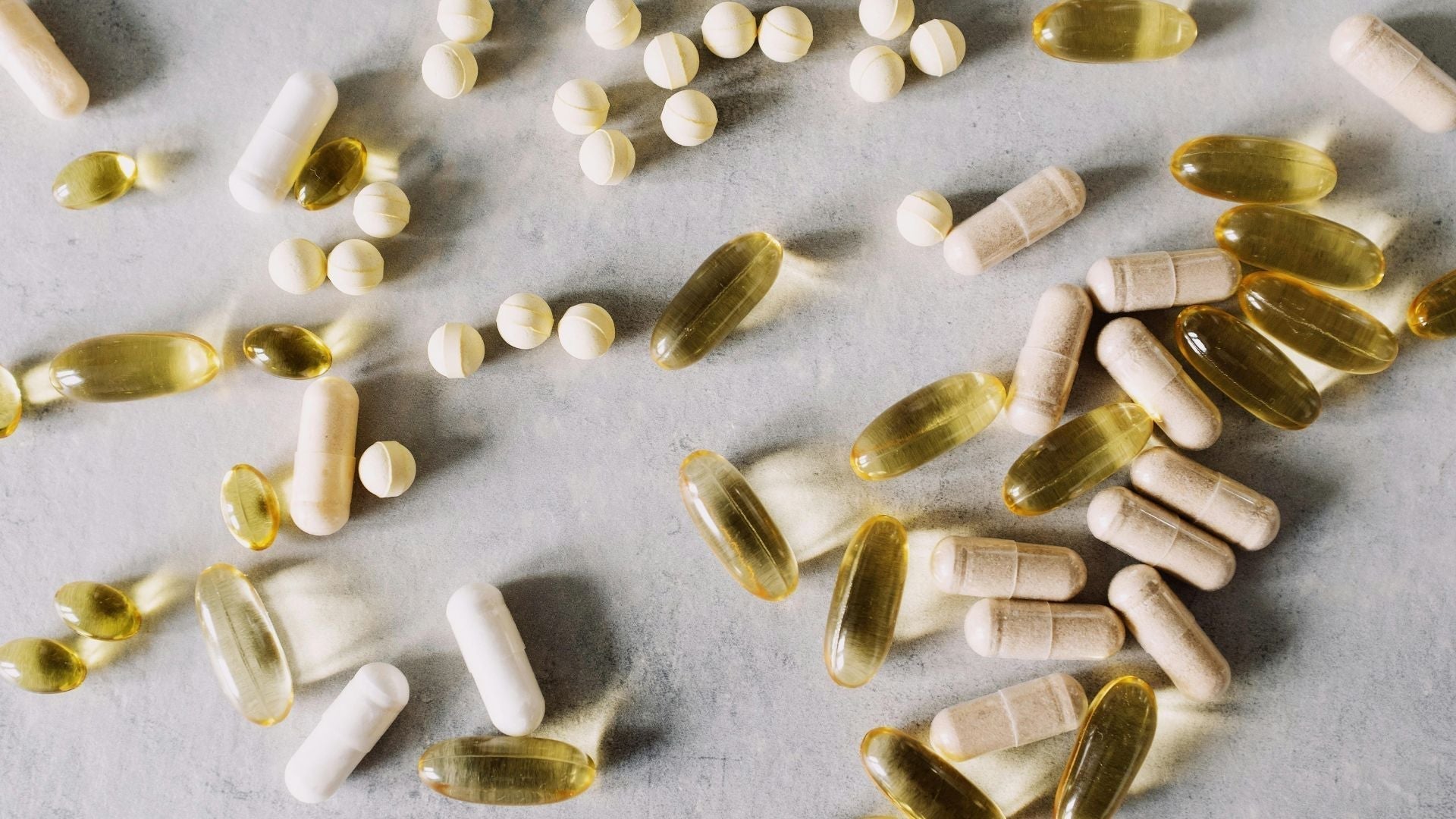
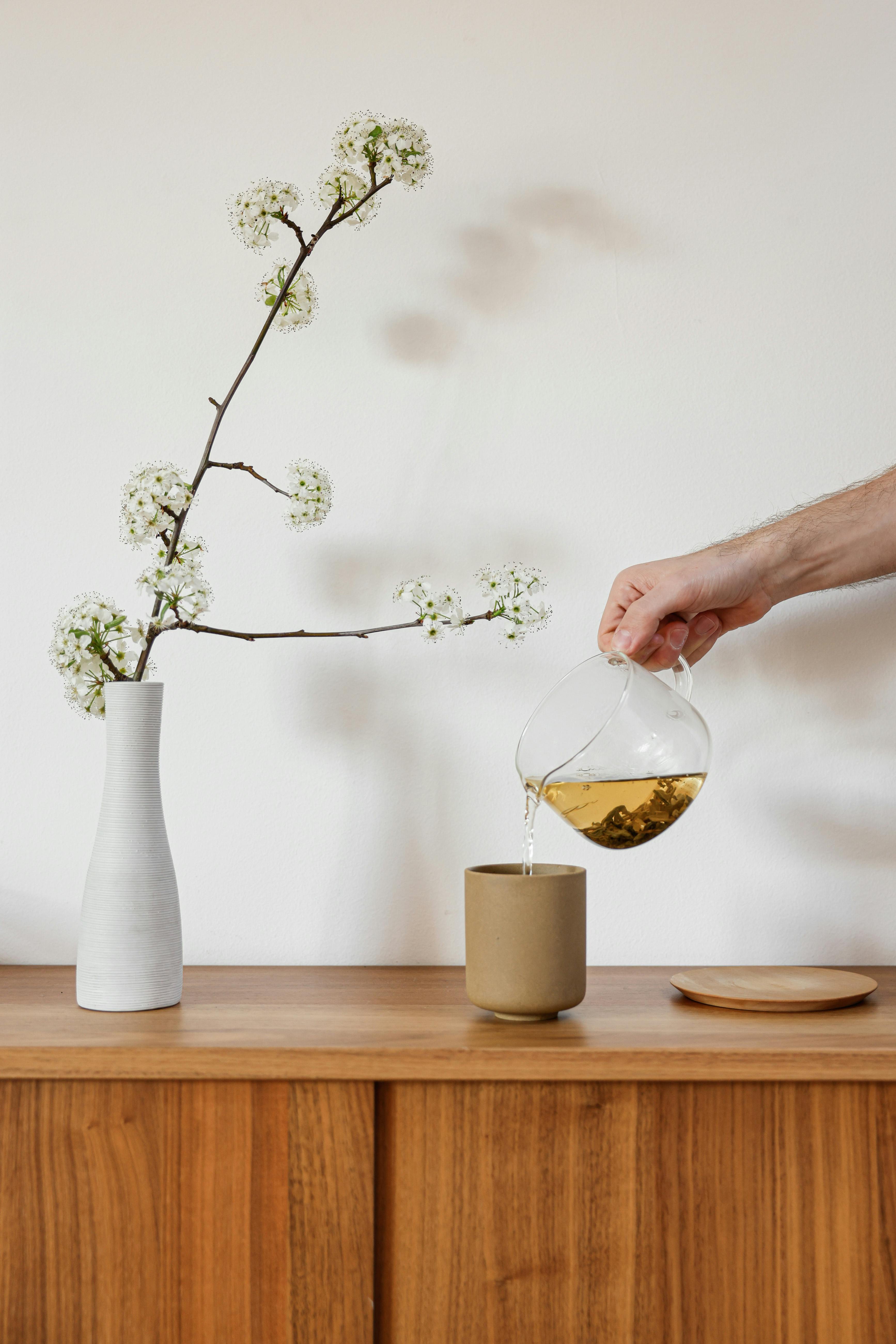
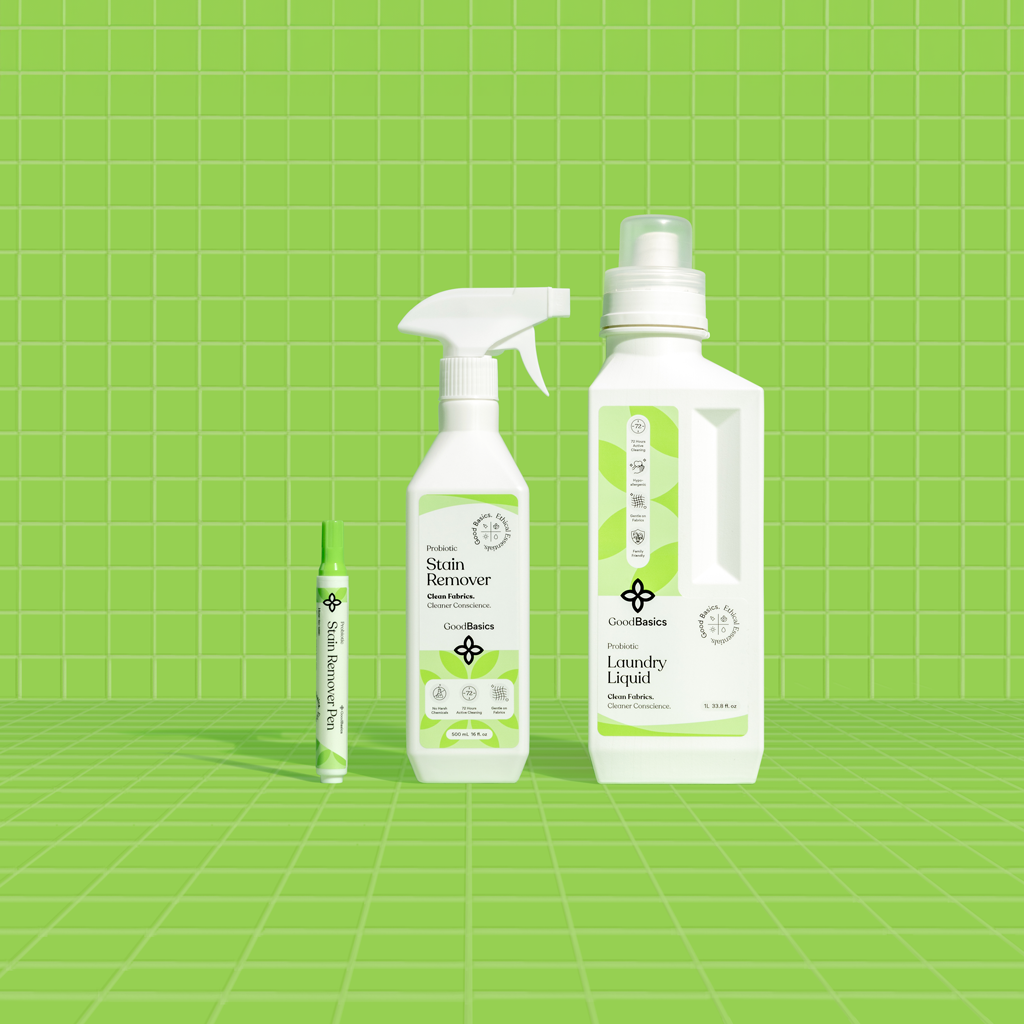
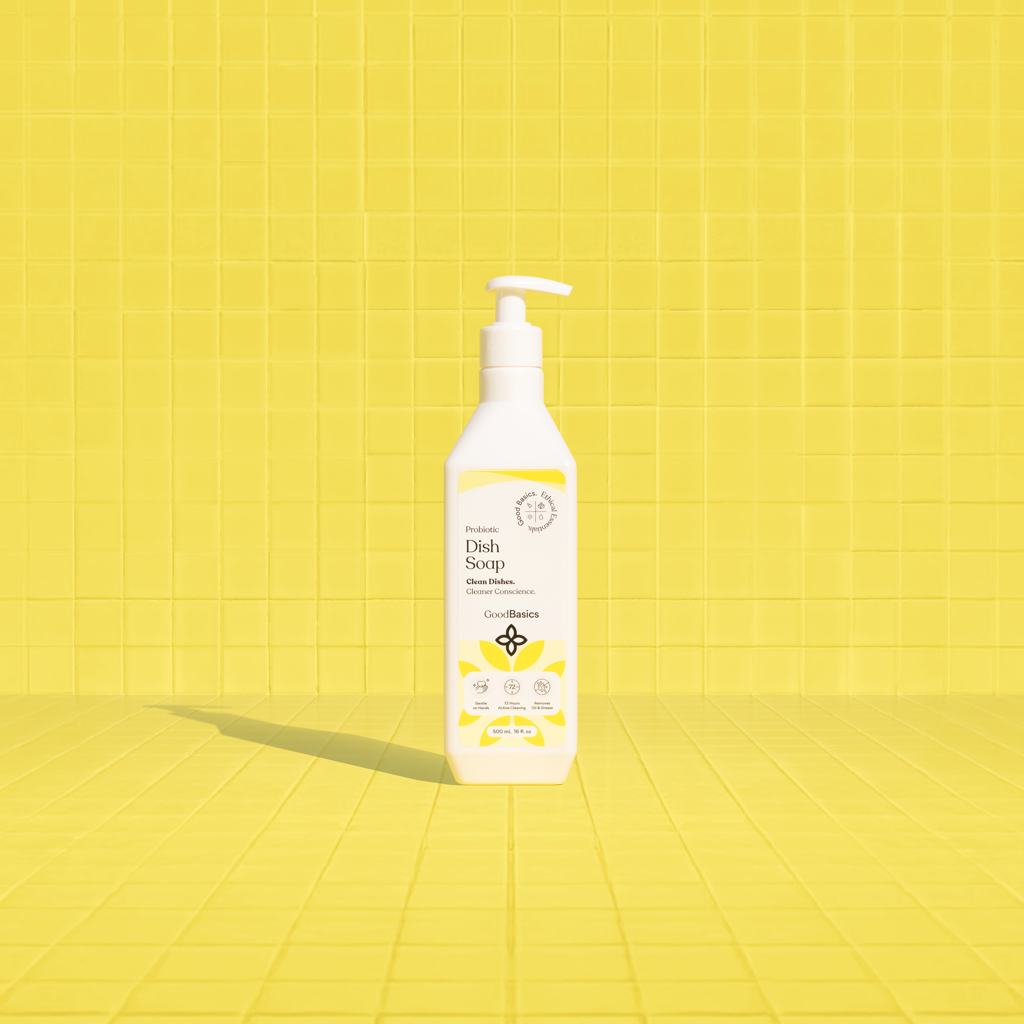

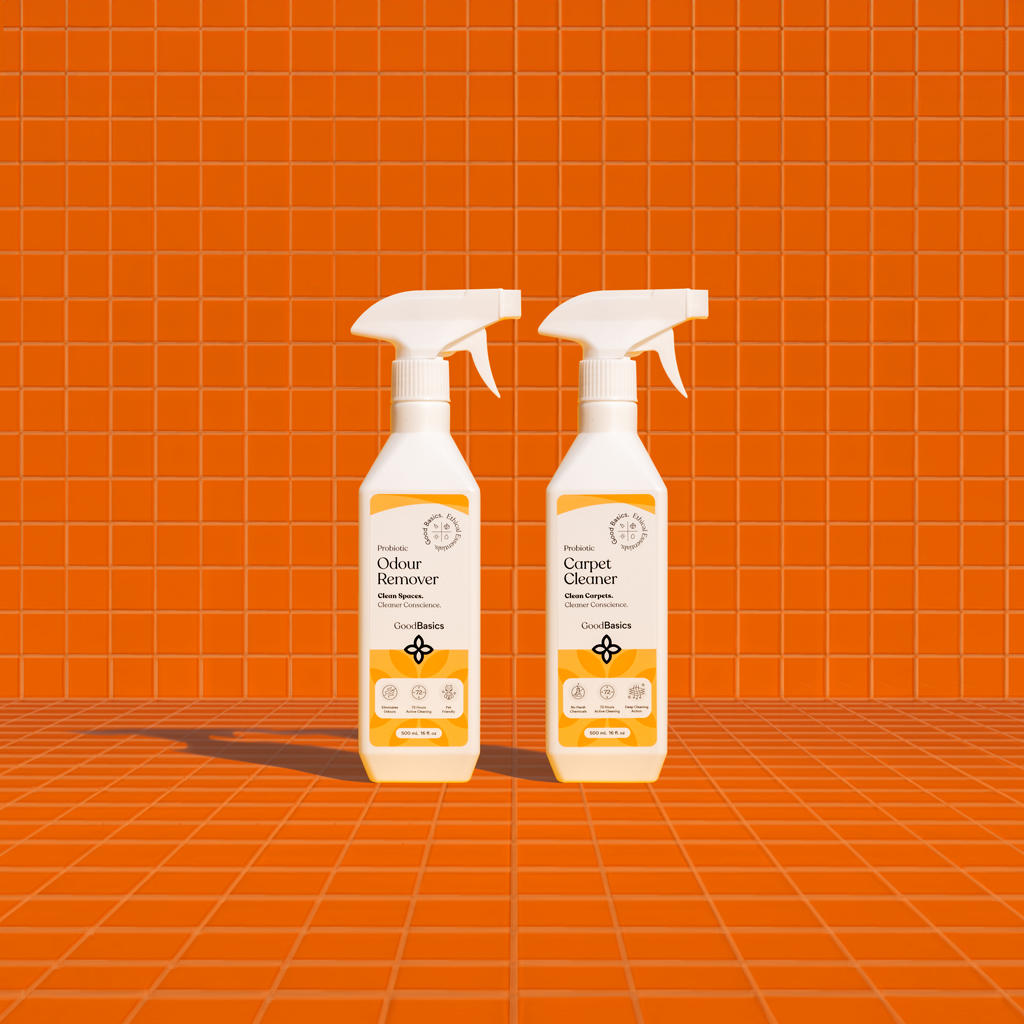

Leave a comment
All comments are moderated before being published.
All comments are moderated before being published.
This site is protected by hCaptcha and the hCaptcha Privacy Policy and Terms of Service apply.